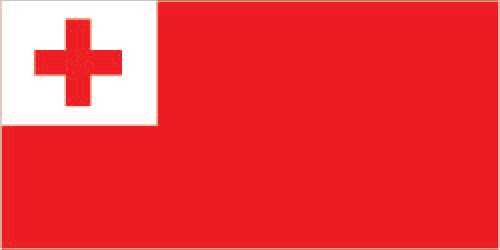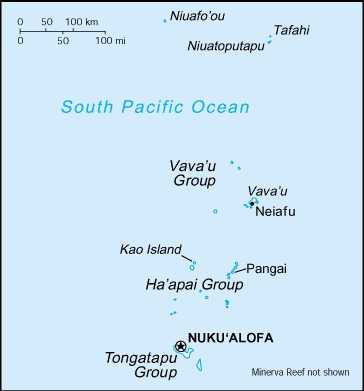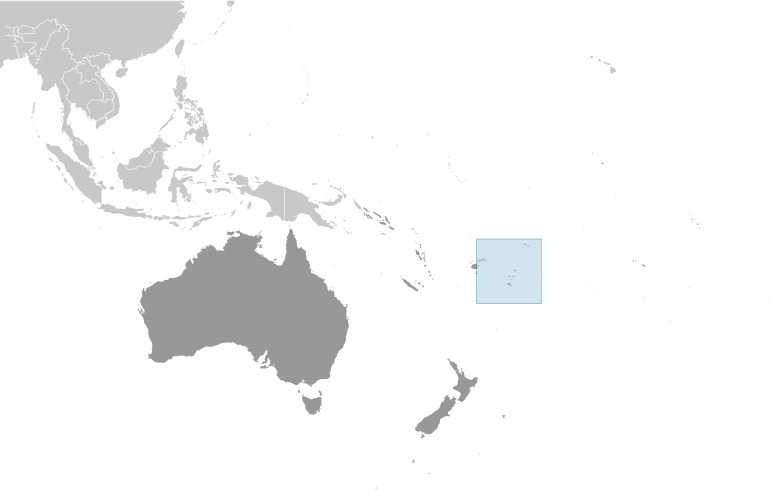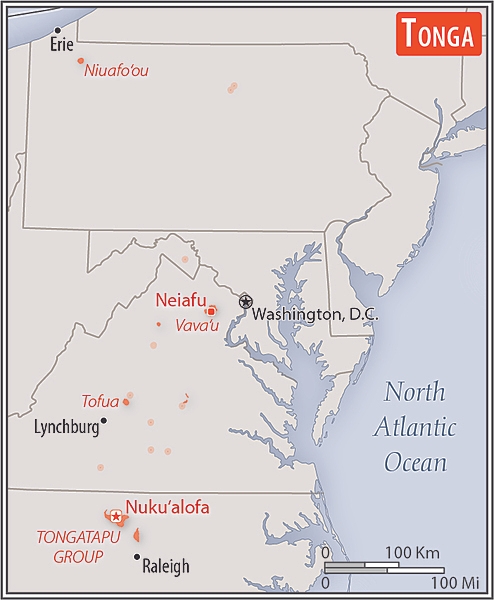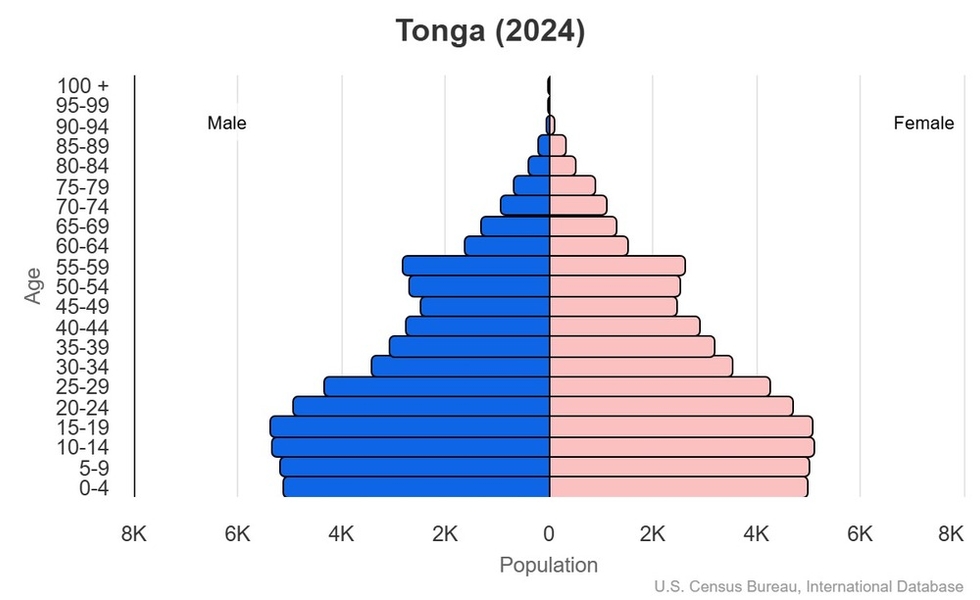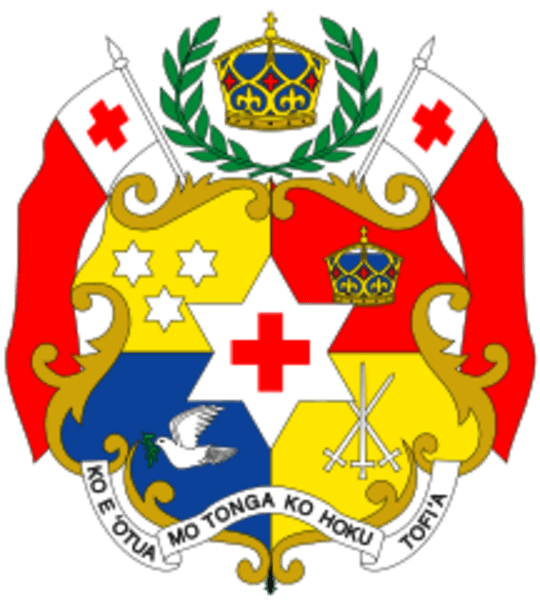Introduction
Visit the Definitions and Notes page to view a description of each topic.
Geography
People and Society
Population
comparison rankings: total 191; male 191; female 194
Median age
comparison ranking: total 166
Population growth rate
comparison ranking: 213
Birth rate
comparison ranking: 71
Death rate
comparison ranking: 195
Net migration rate
comparison ranking: 227
Maternal mortality ratio
comparison ranking: 82
Infant mortality rate
comparison ranking: total 111
Life expectancy at birth
comparison ranking: total population 84
Total fertility rate
comparison ranking: 62
Obesity - adult prevalence rate
comparison ranking: 7
Alcohol consumption per capita
comparison ranking: total 169
Tobacco use
comparison ranking: total 19
Children under the age of 5 years underweight
comparison ranking: 118
Education expenditure
comparison ranking: Education expenditure (% GDP) 55
Environment
Carbon dioxide emissions
comparison ranking: total emissions 204
Government
Economy
Real GDP (purchasing power parity)
comparison ranking: 208
Real GDP growth rate
comparison ranking: 146
Real GDP per capita
comparison ranking: 156
Inflation rate (consumer prices)
comparison ranking: 101
GDP - composition, by sector of origin
comparison rankings: agriculture 42; industry 169; services 144
Industrial production growth rate
comparison ranking: 187
Labor force
comparison ranking: 189
Unemployment rate
comparison ranking: 16
Youth unemployment rate (ages 15-24)
comparison ranking: total 154
Gini Index coefficient - distribution of family income
comparison ranking: 135
Public debt
comparison ranking: 97
Taxes and other revenues
comparison ranking: 23
Current account balance
comparison ranking: 88
Reserves of foreign exchange and gold
comparison ranking: 166
Debt - external
comparison ranking: 122
Energy
Electricity
comparison rankings: installed generating capacity 200; consumption 202; transmission/distribution losses 11
Energy consumption per capita
comparison ranking: 129
Communications
Telephones - fixed lines
comparison ranking: total subscriptions 185
Telephones - mobile cellular
comparison ranking: total subscriptions 203
Broadband - fixed subscriptions
comparison ranking: total 187
Transportation
Merchant marine
comparison ranking: total 136
